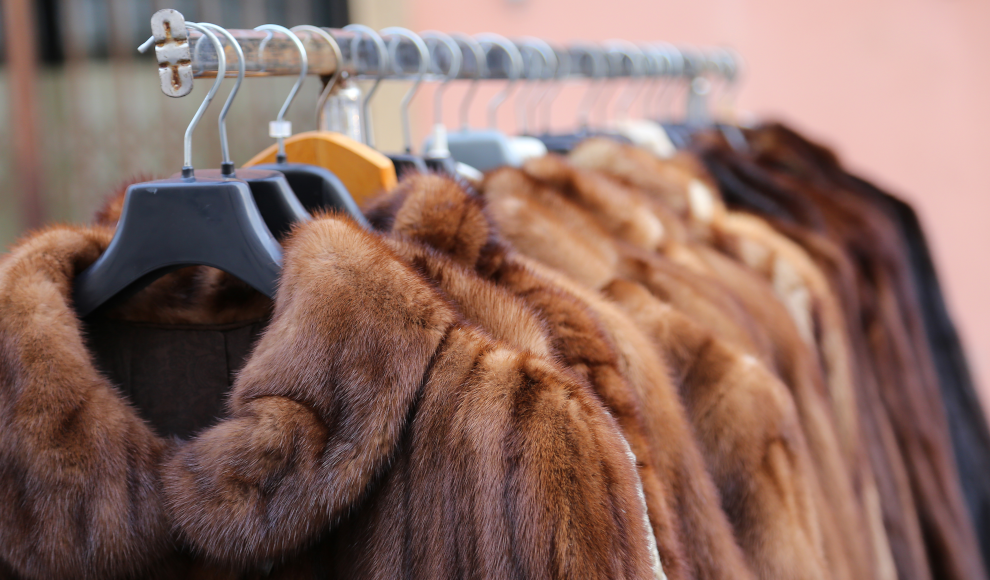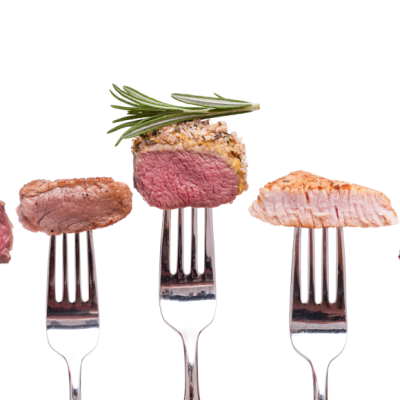Luxury fashion brand Fendi is funding a two-year project at Imperial College London to explore the possibility of producing real fur in a laboratory using genetically modified yeast cells. The scientists are not allowed to use samples from real animals. Real fur is a controversial material due to the poor conditions in which the animals are often kept. Many fashion companies, including luxury brands such as Prada and Gucci, have committed to the Fur-Free Retailers program and have stopped using real fur in their products. However, Fendi still offers real fur because the available faux fur does not feel real enough.
The research project, led by bioengineer Tom Ellis, aims to produce the precursors of fur hairs using genetically modified yeast cells. This is possible because fur hairs, like human nails and hair, consist of combinations of the protein keratin. The appropriate DNA can be inserted into yeast cells, which then produce the proteins. A similar process has already been used to produce cannabidiol (CBD) and other cannabinoids using genetically modified yeast. However, mammalian genomes contain between 100 and over 200 keratin genes, and two of these proteins are needed to create fur hairs, nails, or human hair.
The project is the first in the world to produce a product from two building blocks using genetically modified yeast cells. Previously, scientists focused on producing simpler polymers consisting of single building blocks (monomers). The production of fur in the laboratory would be much simpler if the RNA intermediate stage of keratins could be extracted and sequenced from the hair follicles of real fur animals. However, Fendi has decided that no animals can be used for sampling in the project. Therefore, Pascal Püllmann, the biochemist involved in the project, must identify suitable fur keratin variants in the existing sequence databases.
The yeast cells will serve as factories for fur components, and the two produced keratin molecules will self-assemble to form a microfiber. Scientists at the Central Saint Martin School of Art and Design will then develop a method to turn these fibers into fur. If all the planned production steps are successful, the resulting fur will feel and behave like real fur.










